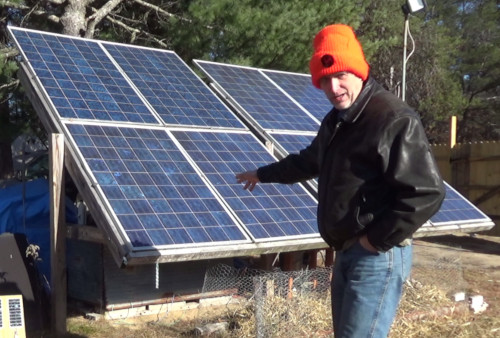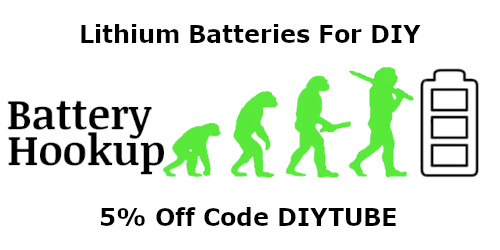All About Solar Panels And Can You Use Solar Panels In Winter
All About Solar Panels
and Can You Use Solar Panels In Winter
I often see questions about solar panels and their usefulness in Northern climates in winter. Many people are under the impression that you cannot use solar panels or go off the grid if you live in a Northern climate where you get cold winters with snow. I have been off the grid mostly since 2013. I was fully off the grid from 2013 to 2017 when I moved to a new homestead in Michigan. Since moving here we have used some grid power but we are striving to become fully off the grid again soon.
There are some pros and cons of using solar panels during the cold winter months. For one thing, solar panels are less efficient as they heat up. Therefore using solar panels in winter will make them more efficient when you need them the most due to shorter days. Of course those shorter days make having solar panels a bit more complicated. You need to scale up your solar power system to be able to recharge your battery bank in a single day of sunlight on the shortest day of the year. And you need to have enough battery storage to make it through three days with no sunlight. It rains and gets overcast during any time of the year so it is quite possible that you can see three dark days in a row. When planning your solar power system you must take this into account.

All About Solar Panels And Winter Use
Three of the most common types of solar panels are Polycrystalline, Monocrystalline and Amorphous.
Polycrystalline solar panels are the most affordable but also the least efficient. This means that they will produce the least amount of solar power of the three types in any weather conditions. But you can generally afford to buy more solar panels due to their lower price.
Monocrystalline solar panels are in the middle of the price range and performance level. These are more efficient at producing power and they will produce more energy on cloudy days than Polycrystalling solar panels will.
Amorphous solar panels are generally more expensive and much larger but also they are more efficient. This type of solar panels can produce energy even on a cloudy day in my own experience. One drawback, at least in my experience, is their reduce life span.
My advice to you is that you should buy the best solar panels that you can afford. If you are on a reduced budget then get what you can afford and add more solar panels over time until you have the system that you need. Most people go with polycrystalline solar panels due to their lower cost and that is what we have on our off grid homestead as well.
Off Grid Living Is A Way Of Life
Living off the grid is a way of life as well. It requires some adjustments to your lifestyle. Unless you have an unlimited budget for your solar power system, you will have to make some changes in the way you use electricity. One example is that we do our laundry on a sunny day when there is plenty of power and the clothes can dry outside naturally. We have also switched our entire property to use LED lights instead of incandescent lamps. Dump the microwave and use more natural cooking methods. When the weather allows, we cook outside on the grill or an old wood cook stove for example. There are many other changes you can make in order to adjust to using solar power but that is out of the scope of this article.
When planning your solar power system, consider the shortest day of the year and look up how many sunlight hours you get on that day. You have to calculate how many Kilowatt Hours you will use in a day. This is easy enough by looking at your last electric bill. You must decide if you will make some lifestyle changes as mentioned above or if you want to go all out and just buy a huge system to power your entire house. Then multiply your Kilowatt Hours per day by three to get the amount of solar power you will need to get through three days of rain and clouds.
Now take your total number of KW Hours you will need and divide it by the number of sunlight hours you have on the shortest day of the year. This will give you the total wattage of solar panels that you will need. You can calculate your battery bank size by taking your total KW Hours needed for three days and get a battery bank that can handle your needs. I will likely write an article on how to size your solar power system and battery bank soon so please check back often for updates.
I am also planning a video series and articles on how to wire up your solar panels, solar charge controller, batteries and power inverter. I will be making a video about the various types of solar charge controllers and the dangers you must be aware of when shopping in order to avoid common scams on the market.
About the Author
| Troy Reid |




